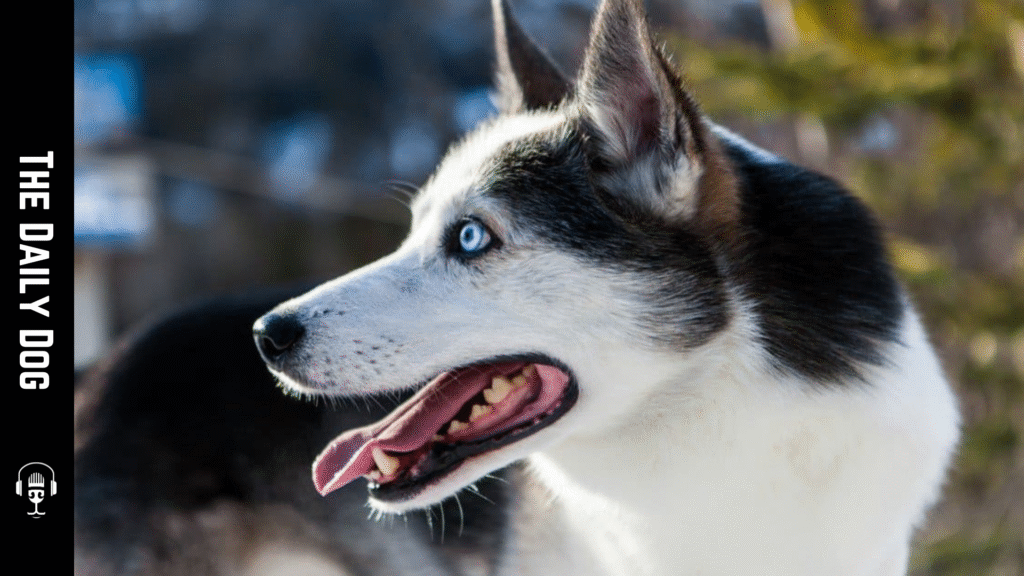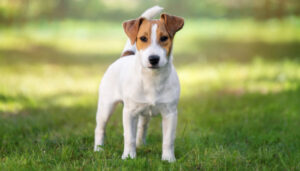The Alaskan Husky is a remarkable breed renowned for its incredible stamina, intelligence, and resilience. Originally bred for the demanding sport of dog mushing, this breed has become increasingly popular as a loyal family companion. Whether you’re an outdoor enthusiast or simply looking for an active and affectionate pet, understanding the unique qualities of the Alaskan Husky can help you appreciate why it stands out among working and companion breeds alike.
Origins and Purpose of the Alaskan Husky
The Alaskan Husky is not a purebred in the traditional sense; instead, it is a mixed breed carefully crafted through selective breeding to excel in the sport of dog mushing. Unlike the Siberian Husky or the Malamute, which have distinct purebred standards, the Alaskan Husky’s primary goal has always been to excel in performance.
Historically, Alaskan Huskies trace their roots to indigenous Siberian and Alaskan dogs, as well as breeds introduced by early explorers and settlers. Over generations, breeders have focused on enhancing traits such as endurance, speed, and a thick double coat, which is suitable for the harsh Arctic climate. The result is a highly adaptable, energetic, and resilient breed that can perform demanding tasks in extreme conditions.
Physical Characteristics and Appearance
One of the defining features of the Alaskan Husky is its diverse appearance. Since they are a mixed breed, their looks can vary widely, but certain traits are common:
- Size: They are medium-sized dogs, typically weighing between 35 and 60 pounds and standing 20 to 24 inches at the shoulder.
- Build: Alaskan Huskies are athletic and lean, with a muscular build designed for endurance and speed.
- Coat: They have a dense double coat that protects against cold temperatures, often with a variety of colors and markings.
- Eyes: Eye color can range from brown to blue, or even feature striking heterochromia (two different-colored eyes), adding to their captivating appearance.
- Ears and Tail: Erect or semi-erect ears and a bushy tail are standard features, aiding in heat retention and communication.
Their appearance is often a blend of Siberian Huskies, Malamutes, and other northern breeds, tailored through selective breeding to optimize performance in sled racing.
Temperament and Behavior
Despite their working origins, Alaskan Huskies are known for their friendly and social nature. They tend to be energetic and intelligent, making them excellent companions for active families and individuals.
- Loyal and Affectionate: They develop strong bonds with their owners and are often very affectionate.
- Intelligent and Trainable: Their high intelligence makes training both a challenge and a joy. They respond well to positive reinforcement and thrive with mental stimulation.
- Energetic and Playful: These dogs require daily physical activity. Without adequate exercise, they can become bored and may resort to destructive behaviors.
- Social Nature: Alaskan Huskies are generally well-behaved with children and other dogs, especially when socialized from an early age.
However, their high energy levels and need for stimulation mean they are best suited for active households or those willing to invest time in regular exercise, training, and mental engagement.
The Athleticism of the Alaskan Husky
The Alaskan Husky’s reputation as a premier sled dog is well-deserved. Their exceptional endurance allows them to pull heavy loads over long distances in freezing temperatures. They can run for hours at a time, maintaining a consistent pace, thanks to their muscular build and efficient metabolism.
In competitive sled racing, they outperform many other breeds, thanks to their combination of speed, stamina, and resilience. These qualities are a direct result of generations of selective breeding aimed at optimizing performance in the harsh Arctic environment.
Beyond racing, many Alaskan Huskies participate in various dog sports, including skijoring, canicross, and agility competitions, showcasing their versatility and adaptability.
Caring for an Alaskan Husky
Owning an Alaskan Husky requires a commitment to meeting their physical and mental needs. Proper care can ensure a happy, healthy, and well-behaved companion.
Exercise Needs
Due to their high energy levels, Alaskan Huskies need at least 1-2 hours of vigorous exercise daily. Activities like running, hiking, sledding, and obedience training keep them physically and mentally stimulated. Without enough activity, they may develop behavioral issues or become destructive.
Grooming
Their dense double coat necessitates regular brushing, particularly during shedding season when they blow coat. Brushing several times a week helps remove loose hair and prevents matting. Bathing should be occasional unless they get filthy.
Nutrition
A balanced diet rich in high-quality protein and fats supports their active lifestyle. Consult with a veterinarian to determine the best feeding plan, especially during intensive training or racing seasons.
Health Considerations
While generally hardy, Alaskan Huskies can be prone to specific health issues such as hip dysplasia and eye conditions. Regular veterinary check-ups, a healthy diet, and appropriate exercise are key to maintaining their health.
Training and Socialization
Given their intelligence and independence, early training and socialization are crucial. Positive reinforcement methods are most effective, and consistent boundaries help manage their energetic nature. They respond well to mental challenges, such as puzzle toys or obedience exercises, which also help prevent boredom.
Socialization should include exposure to different people, animals, and environments to foster well-rounded behavior. Because they are bred for endurance rather than guarding, they tend to be friendly rather than aggressive.
The Transition from Race Dog to Family Pet
Many Alaskan Huskies transition from sled dog to family pet once their racing careers end. They often thrive in active households where they can participate in outdoor adventures. Their friendly disposition makes them suitable companions for children and other pets when properly socialized.
Adopting an Alaskan Husky can be a rewarding experience, but prospective owners should be prepared for the breed’s high energy and grooming needs. Providing adequate exercise, mental stimulation, and love ensures a fulfilling relationship with this extraordinary breed.
Why Choose an Alaskan Husky?
If you’re seeking a dog that embodies endurance, intelligence, and loyalty, the Alaskan Husky is an excellent choice. Their history as working sled dogs has instilled in them resilience and a love for activity, making them ideal for outdoor enthusiasts and active families. They are also known for their friendly, affectionate nature, forming strong bonds with their owners.
While they require an active lifestyle and proper care, the rewards of sharing your life with an Alaskan Husky are immense. Their joyful spirit, striking appearance, and unwavering loyalty make them a truly exceptional breed.
The Alaskan Husky is much more than a sled dog; it is a symbol of resilience, endurance, and companionship. Their unique blend of strength, intelligence, and friendly nature makes them a versatile breed suited for a variety of active lifestyles. Whether running alongside a sled or curled up by your side at the end of a long day, the Alaskan Husky offers unmatched loyalty and adventure.
If you’re ready to embrace an active and affectionate companion, the Alaskan Husky might be the perfect fit for your life. Remember, owning such a breed comes with responsibilities, but the bond you’ll develop will be worth every effort. With proper care and training, an Alaskan Husky can become a beloved member of your family for years to come.










